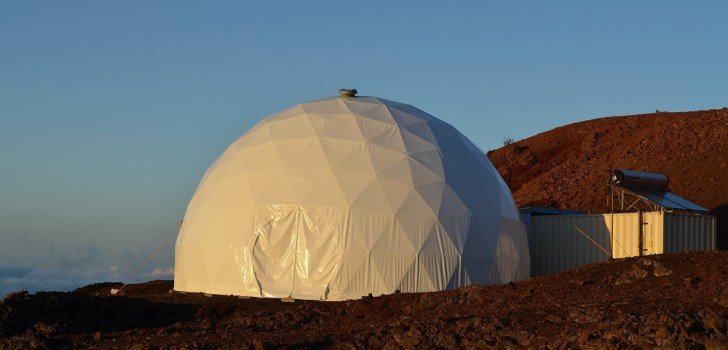The Khrunichev State Research and Production Space Center, a spacecraft and rocket maker based in Moscow, intends to restore the former Soviet Union’s winged space shuttle program, referred to as Buran.
Established in 1974, Buran was a government reusable spacecraft initiative undertaken as a reaction to NASA’s Space Shuttle program.
According to a statement released via state sponsored Sputnik News, the rejuvenated edition of the project, known as the Reusable Space Rocket System, will be funded from 2021 through 2025. It will be expanded under the Russian Federal Space Program and will cost more than $185 million.
The news comes at a time when the United States is once again running a reusable space program, via the Air Force’s X-37B ‘Orbital Test Vehicle’. While still under a test designation the plane has flown at least four times and boasts the ability to dramatically change orbits, making it well suited to capturing or destroying enemy satellites.
The Russian MRKS, as the program is called, is scheduled to be established from the Vostochny Cosmodrome Russia’s Far East and will see a partly reusable launch vehicle (MRKS-1) outfitted with a winged booster stage.
The reusable booster, after ferrying the second, dispensable stage of the MRKS vehicle into the stratosphere, would disconnect and come back to Earth to be equipped for its next mission.
The vehicle has an airplane design and is able to return to the launch location for a flat landing. It also includes detachable second stages and higher stages. The winged lower stage is fueld with liquid-propellant in tanks that are re-usable.
The MRKS-1 will have the capacity to send a variety of payloads into space, up to 35 metric tons in total. This could considerably lessen the cost of setting up satellites and other spaceships into orbit.
The Buran program was a Soviet and afterward Russian reusable spacecraft scheme that began in 1974 at the Central Aerohydrodynamic Institute and was officially stopped in 1993. It was the biggest and the priciest project in the history of Soviet space study and very similar to the U.S. Space Shuttle program.
A Buran-class orbiter, known as Orbiter OK-1K1, went to space just once, in 1988 and is still the only Soviet reusable spaceship to be launched into space. The launch was done on Nov. 15, 1988 from the Baikonur Cosmodrome in Kazakhstan.
The spacecraft orbited the Earth two times in 206 minutes of air travel. On its arrival, it performed a computerized landing on the runway at Baikonur.
Because there were exceptional visual resemblances between NASA’s Space Shuttle and Buran, it was contemplated that spying may have played a principal role in the creation of the Soviet spaceship.
But despite exterior similarities, much dissimilarity existed, like the lack of the major rocket engines on the Buran craft. It implies that, if intelligence had played a part in Buran’s development, it would possibly have been in the form of outside photography or initial airframe designs.
The termination of the Buran mission left Russia without any reusable spaceship. The end of NASA’s Space Shuttle program in 2011 left the United States without any space transport system which can send astronauts into orbit, a problem NASA is seeking to address with the upcoming Space Launch System.
Stay Connected